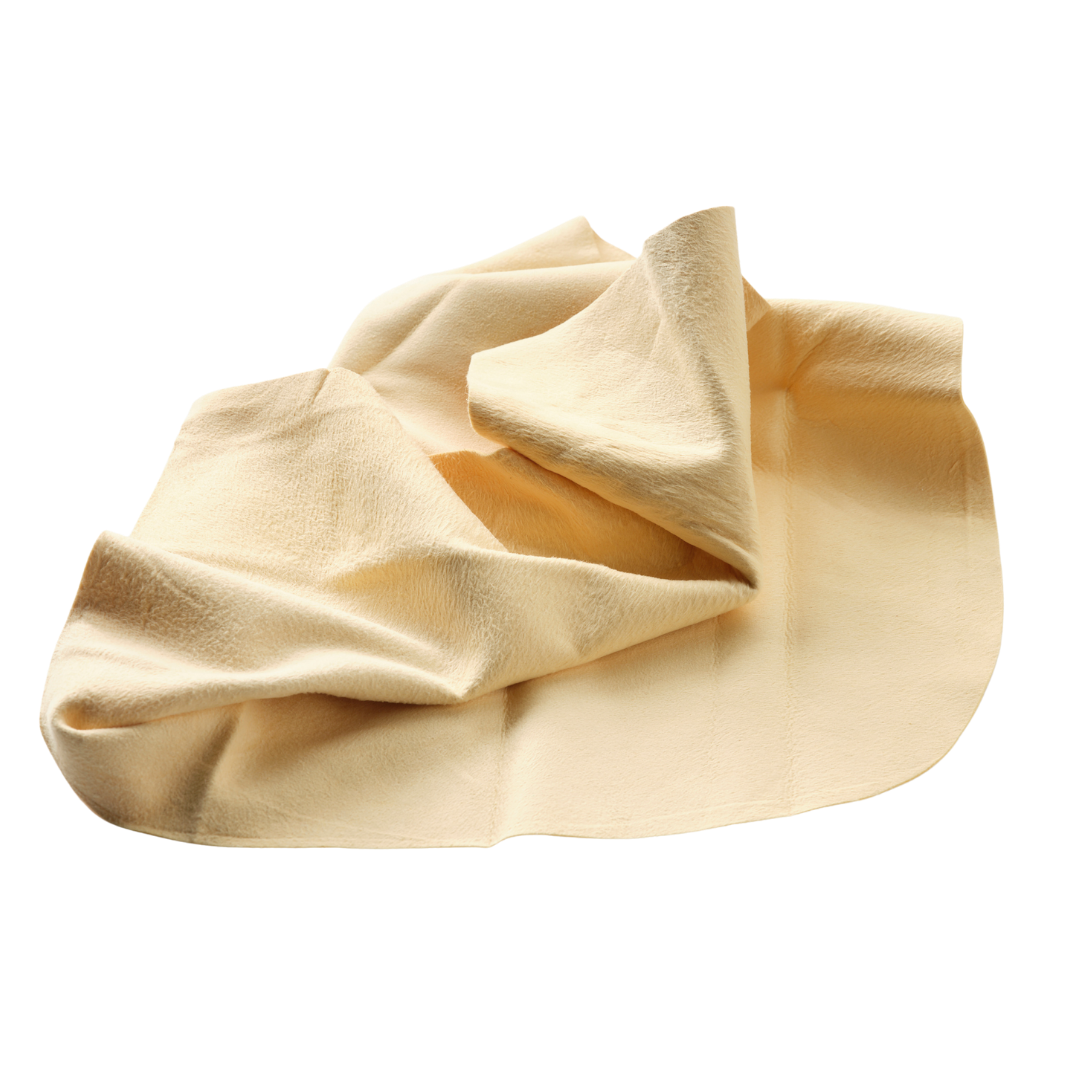A Guide to Its Uses in Fashion and Beyond
Introduction to Synthetic Leather
Synthetic leather, a versatile and innovative material, has been gaining popularity in the fashion industry and beyond. Known for its durability and affordability, it offers a sustainable alternative to traditional leather. This article explores the various uses of synthetic leather and its impact on fashion, automotive, and other industries.

Fashion and Apparel
The fashion industry has been quick to adopt synthetic leather for its numerous benefits. From jackets and shoes to bags and accessories, synthetic leather offers a stylish and cruelty-free option for consumers. It is easy to clean, lightweight, and can be made to mimic the texture and appearance of genuine leather, making it a popular choice for designers and consumers alike.

Automotive Applications
Synthetic leather is not just limited to fashion; it has also found its way into the automotive industry. Used for car interiors, steering wheel covers, and seat upholstery, synthetic leather provides a luxurious feel and is more resistant to wear and tear compared to fabric. It is also easier to maintain and clean, making it a preferred choice for car owners.

Home Furnishings
The home furnishings market has also embraced synthetic leather for its durability and ease of maintenance. From sofas and chairs to ottomans and headboards, synthetic leather is a practical and stylish choice. It is resistant to stains, making it suitable for households with children and pets, and can be easily wiped clean.

Outdoor and Sports Equipment
Synthetic leather’s water-resistant properties make it ideal for outdoor and sports equipment. It is used in the production of camping gear, sports bags, and protective gear for various sports. Its ability to withstand harsh weather conditions and resist tearing makes it a preferred material for outdoor enthusiasts.

Environmental Impact and Sustainability
The use of synthetic leather has a positive impact on the environment as it reduces the reliance on animal hides. It is a more sustainable option, as it can be made from recycled materials and is biodegradable. The production process also requires less water and energy compared to traditional leather, making it a more eco-friendly choice.
Conclusion
In conclusion, synthetic leather has a wide range of applications in various industries, from fashion to automotive and home furnishings. Its durability, affordability, and sustainability make it an attractive option for consumers and manufacturers alike. As the demand for eco-friendly and cruelty-free products continues to grow, the use of synthetic leather is expected to expand even further.







I’m a fitness trainer, and synthetic leather chamois cloths are essential for cleaning my equipment. They’re durable and easy to sanitize, ensuring hygiene in the gym.
I’m a tech enthusiast, and synthetic leather chamois cloths are ideal for cleaning my gadgets. They’re lint-free and gentle on screens, making them a must-have for tech maintenance.
I’m a traveler, and synthetic leather chamois cloths are a lifesaver for cleaning my luggage. They’re compact, versatile, and perfect for keeping my belongings spotless.
I’m a minimalist traveler, and synthetic leather chamois cloths are a versatile addition to my packing list. They’re lightweight and multi-purpose, making them perfect for on-the-go use.
I’m a cyclist, and synthetic leather chamois cloths are great for drying my bike after a ride. They’re absorbent and quick-drying, which is perfect for outdoor use.
The article claims synthetic leather is biodegradable, but I’ve read conflicting reports. Can the author clarify which types of synthetic leather are truly eco-friendly?
I’m a fitness trainer, and synthetic leather chamois cloths are essential for cleaning my equipment. They’re durable and easy to sanitize, ensuring hygiene in the gym.
I’m a designer, and I love how versatile synthetic leather is. I’ve even used chamois cloths made from it for cleaning my design tools—they’re soft yet durable.
I’m a gamer, and synthetic leather chamois cloths are great for cleaning my gaming setup. They’re soft on surfaces and remove dust without leaving streaks.
I’m a car owner, and synthetic leather steering wheel covers are a game-changer. They’re durable, easy to clean, and the chamois cloth-like finish gives my car a premium look.
I’m a student athlete, and synthetic leather chamois cloths are perfect for cleaning my sports gear. They’re durable and easy to wash, making them a great investment.
I’m a collector, and synthetic leather chamois cloths are perfect for cleaning my antiques. They’re gentle yet effective, preserving the integrity of my items.
I’m a photographer, and synthetic leather chamois cloths are perfect for cleaning my camera lenses. They’re lint-free and gentle on delicate surfaces.
I’m a gardener, and synthetic leather chamois cloths are ideal for cleaning my tools. They’re tough on dirt and easy to rinse, making them a garden essential.
I’m an outdoor enthusiast, and I can vouch for the durability of synthetic leather in sports equipment. The chamois cloth-like texture not only looks great but also withstands the elements. Perfect for my camping trips!
I’m a bit of a health nut, and synthetic leather has been a great addition to my workout gear. The chamois cloth-like finish on my sports bag is easy to clean and doesn’t retain odors.